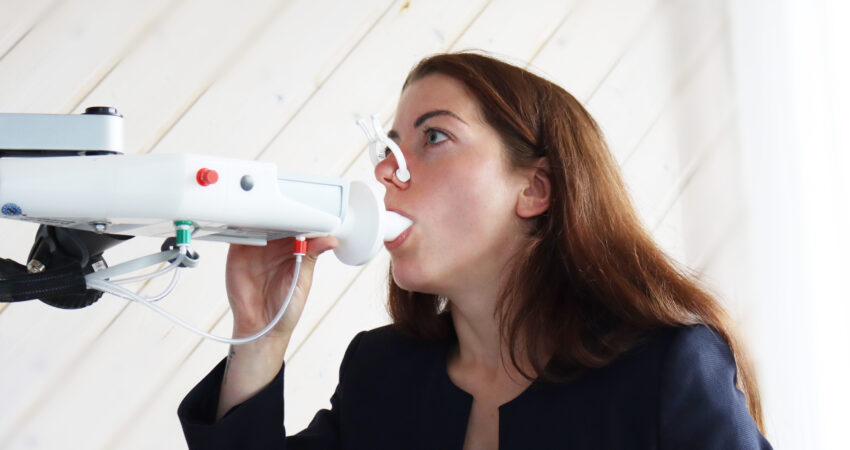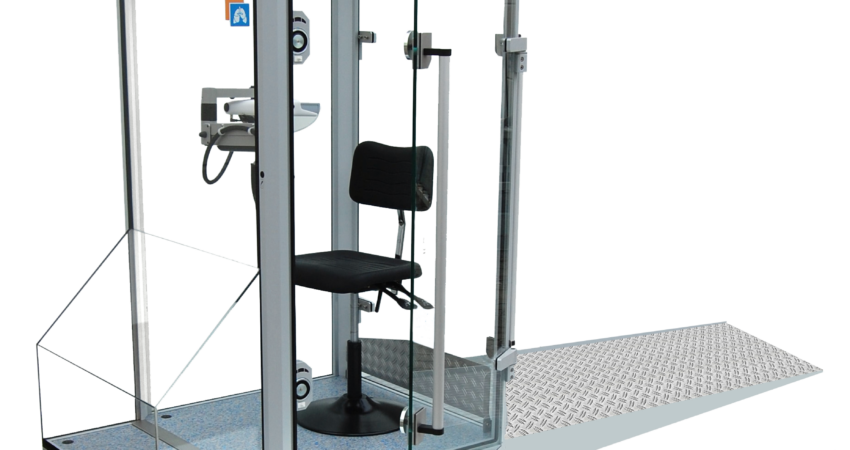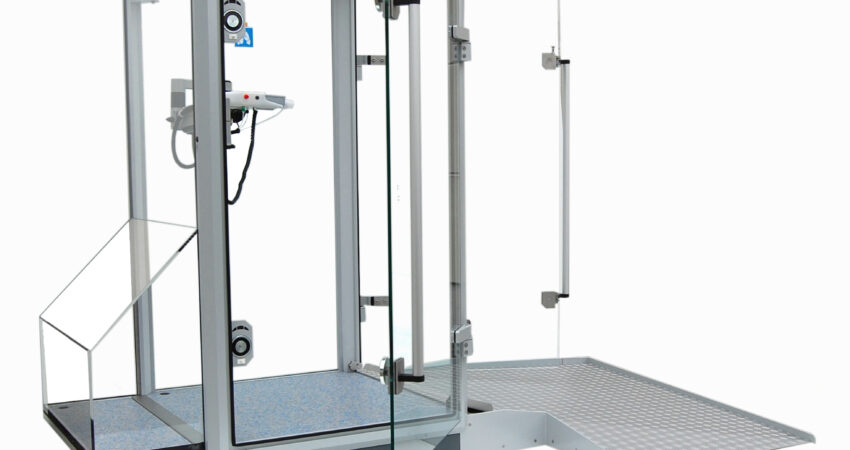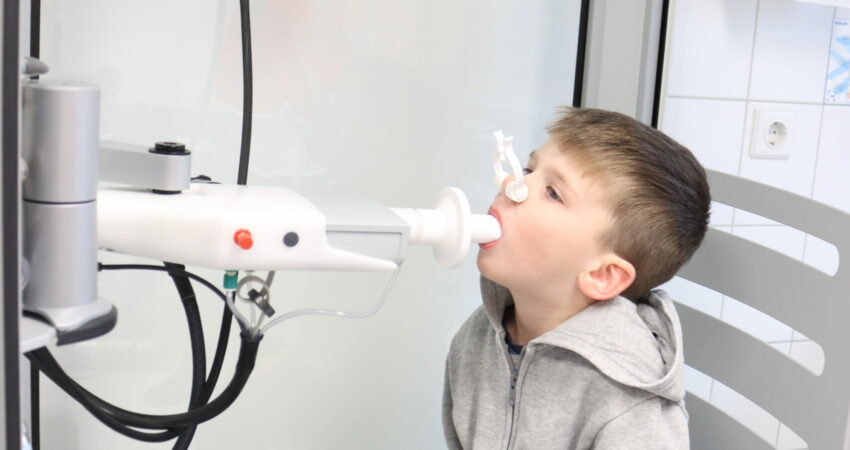In the context of pulmonary function testing, a Z-score and LLN (Lower Limit of Normal) are statistical measures used to interpret test results: Z-Score A Z-score represents the number of standard deviations a value is from the mean of a…

A body plethysmograph is a medical device used to measure various aspects of lung function. Here are the key parameters it can measure: Lung Volumes: It can measure total lung capacity (TLC), functional residual capacity (FRC), and residual volume (RV).…

When selecting a good pulmonary function test (PFT) filter, several key parameters need to be considered to ensure accurate, reliable, and safe testing. Here are the important parameters to consider: 1. Filtration Efficiency Bacterial/Viral Filtration Efficiency (BFE/VFE): The filter should…

The basic Pulmonary Function Test (PFT) measurement parameters and their explanations are as follows: Forced Vital Capacity (FVC): Definition: The total amount of air that can be forcibly exhaled from the lungs after taking the deepest breath possible. Explanation: FVC…



When it comes to barrier-free accessibility of body plethysmography, the following crucial criteria must be considered: Accessible design: Accessibility for wheelchair users and people with limited mobility: The GANSHORN PowerCube Body+ offers a decisive advantage in this area: the wheelchair…
Over time, different technological variants have been developed that allow a spirometric measurement to be carried out.These basic methods exist: Mechanical Spirometers: These use moving parts to measure air flow and volume. Examples include bellows and piston spirometers. Pneumotachographs: These…
Author Info
- Name:Michael Kiessling

